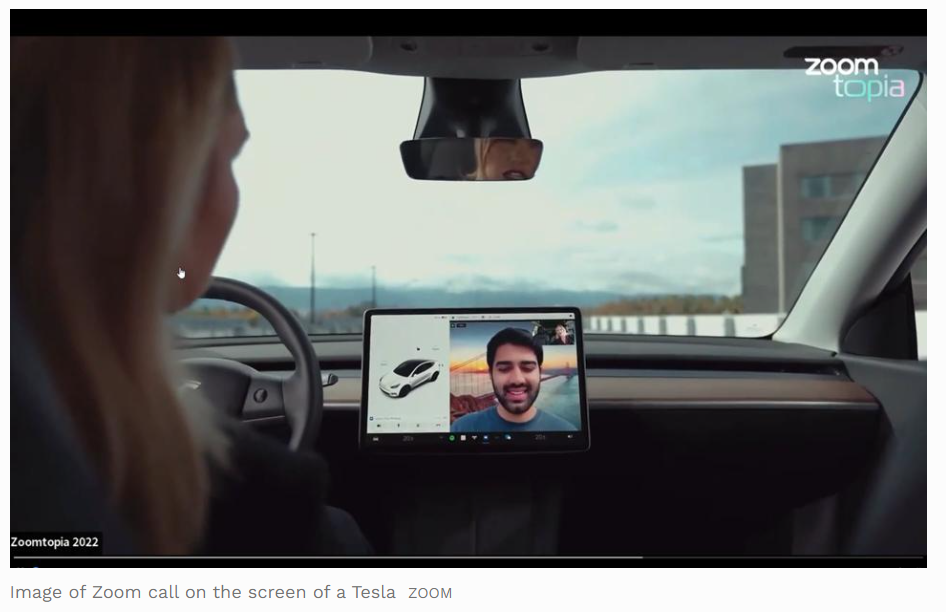Part 18: A strategy, not a department

Hello everyone, I hope everyone is doing well?
We just celebrated Thanksgiving here in the USA, which was a lot of fun. It's one of my favorite days since moving here four years ago. The food is great, you spend time with the people you love, and it's also typically around the time that ski resorts open here in Utah which is always a cause for celebration.
We are also deep into the World Cup, which for me is the pinnacle of sports! Being able to watch football during Thanksgiving was an added bonus.

Some more somber news from me, unfortunately I was caught up in the layoffs that are sweeping the tech industry.
Which means I am a free agent!
If anyone has any interesting job roles they know of, or are actively hiring for, I would love to chat!
One positive about this situation is that it opened up my calendar to interesting conversations which inspired the topic for this newsletter.
I chatted to Glenn Roberston this week, who is CEO of channel marketing company PureChannels.
He has been in the channel world for a long time and has worked with some of the largest companies in the industry.
We chatted at length about the changing needs in our industry, the move away from old school channel thinking, and the move towards a fresh approach to partnerships.
This shift is being championed by the C-Suite who understand the power of partnerships and the need to double down on partnership strategy. The result is more investment, more resources, and ultimately partnerships becoming a strategy and not an isolated department.
It's exciting!
partnerships in the wild
This one was announced at Zoomtopia, Zoom’s annual conference.
It's not officially complete yet, however the announcement itself was an exciting one.
It was announced that all Teslas will soon have Zoom conferencing available in all their vehicles.
This is a really cool one, and its conception comes at the perfect time.
With the transition of remote work, many people are working from all over the place.
Having the ability to take a conference call from your car opens up even more possibilities.
Road tripping with the family?
Pull over and take that critical conference call.
Want to make an early start on the weekend, but can't skip a call? You’ll be able to head out early but still be able to take that meeting.

Now into this week's content…
This week I want to talk about an entire mindset shift for partnerships within business.
Partnerships are a strategy, not a department!
I will start off by saying it's down to you to make this statement true.
The only way to truly make partnerships a strategy is to include all departments at your company in the program you are building.
If you operate in a silo, and only focus on the KPIs that impact you directly (these could include revenue sources, leads generated etc) then you are going to miss the opportunity to embed partnership strategy throughout your organization and keep yourself as just a department.
So what advice would I give you, in order to change partnerships from being a department to a holistic strategy?
Understand the OKRs of each department.
💭What does your CMO care about?
💭 What does your VP of Customer Success care about?
💭 What does your CPO care about?
Get in front of these folks, and ask that question.
From these conversations you will have a whole bunch of information.
💎 Your CMO might care about brand awareness.
💎 Your VP of Customer Success might care about expansion of current accounts.
💎 Your CPO might care about integrations.
From these conversations you’ll work through each role to fully understand how partnerships can drive impact into each of these departments.
Let's take the examples above and walk through how partnerships could support each one.
If brand awareness is a goal for the Marketing department, discuss co-marketing initiatives with partners and organize some joint events and webinars.
The benefit of co-marketing is that it enables you to reach an entirely different audience than your own, creating that magnification in brand awareness.
If the Customer Success team cares about net expansion, enable them with account mapping data through Crossbeam and Reveal, so that if they are looking to increase licenses and are getting push back, they have additional points of contact to leverage to help push the deal through.
You can influence EVERY department at your organization, it just takes conversations and creativity in order to make this happen.
The added bonus is that these actions create reciprocity.
If you are able to help other departments, it makes it far more likely that they will help you when you need additional support from their team members.
The last step I will make is to get buy-in from the CEO and senior leadership to implement this multi-pronged strategy of partnerships across departments.
The more you can get this high level support, the more you will be able to tie these into your overall success metrics and show the org wide impact that you are having inside your organization.
Working closely with each department and getting buy-in from leadership will prove why partnerships should not be seen as a department but as a powerful business strategy.
So that's the download for this week.
🏆 Get internal buy-in!
🏆 Tie to everyone's OKRs!
🏆 Make partnerships a strategy and not a department!
Whether you celebrate Thanksgiving or not, I am thankful for you all! See you next week.
Cheers,
Ben
